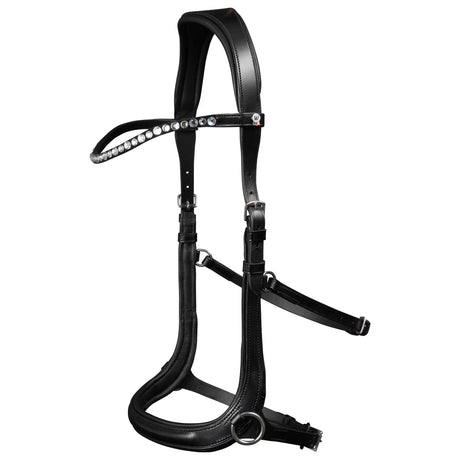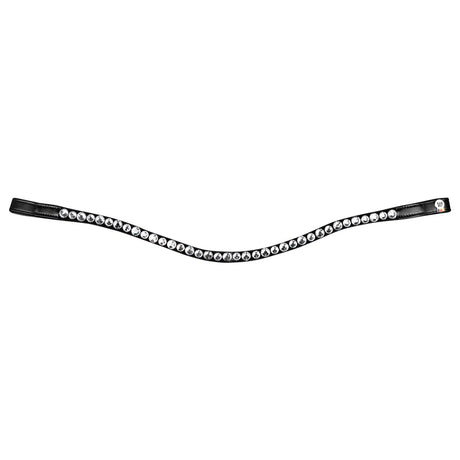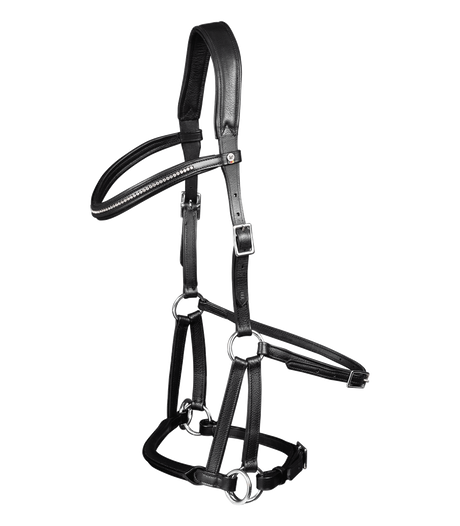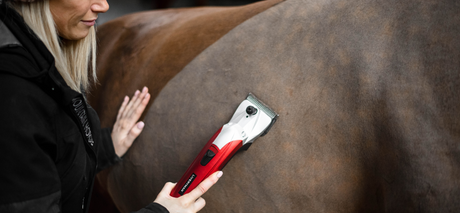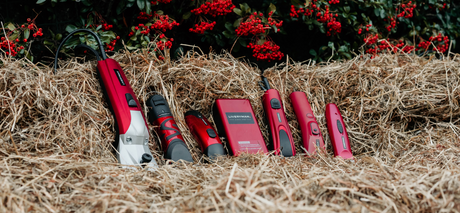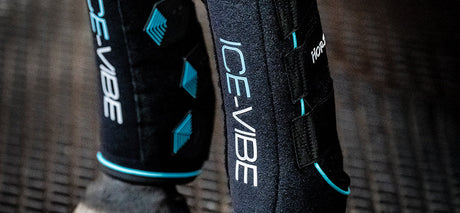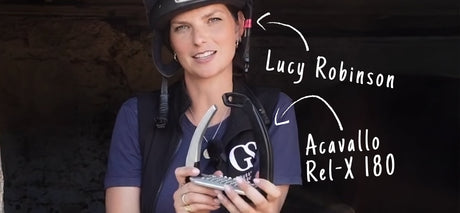While associated more with Western riding, bitless bridles are becoming an increasingly popular choice among horse owners looking for an alternative to traditional bitted options. It is a great choice for horses with sensitive mouths. Many riders find that their horses respond better without a bit, making these bridles a practical and appealing option for everyday riding.
What Are Bitless Bridles?
Bitless bridles are tack options that guide the horse without using a bit in the mouth, applying pressure to the horse's nose, jaw, or poll to signal direction. There are several types of bitless bridles, each designed with different mechanics and pressure points:
- Side-pull bridles: Constructed like a halter, guiding the horse by appling lateral pressure to the nose; great for beginners.
- Cross-under bridles: Use straps that cross under the jaw to distribute pressure evenly across the head.
- Hackamores: Utilize leverage on the nose and chin, popular for hacking and Western disciplines.
- Bosals: A traditional Western bitless option used for younger horses. Recommended for advanced riders.
- Mechanical Hackamores: Feature shanks for leverage and are more severe in action.
Why Riders Are Switching to Bitless?
- Horse Comfort: Bitless bridles eliminate mouthpiece-related discomforts such as pinching and pressure sores. This is especially beneficial for horses with dental issues, sensitive mouths, or those recovering from oral trauma.
- Improved Communication: When properly fitted and used, bitless bridles can foster subtle and effective communication between horse and rider. Some riders report increased responsiveness and relaxation.
- Versatility: Many bitless bridles can double as halters.
Fitting a Bitless Bridle: Key Considerations for Comfort
When fitting a bitless bridle, it’s important to be aware of the trigeminal nerve, a major nerve that branches into three key areas: the ophthalmic, maxillary, and mandibular. These nerves exit the skull through openings called foramina and lie relatively close to the surface of the skin—making them especially sensitive to pressure.
In addition to the trigeminal nerve, the facial and hypoglossal nerves can also be impacted by poorly positioned tack. While it's not possible to completely avoid all nerve contact, careful bridle placement can significantly reduce the risk of discomfort.
Practical guidelines for achieving a comfortable and ergonomic fit:
- Headpiece: Ensure there is adequate clearance around the ears to prevent pinching or rubbing.
- Cheekpieces: These should sit either above or below the facial crest—not directly on it—to avoid pressure on sensitive areas.
- Noseband: Position the noseband two to three fingers below the facial crest and above the soft cartilage of the nostrils. This avoids interference with breathing and nerve endings.
- Overall fit: There should be enough space—typically two fingers’ width—between any strap and the underlying bone to allow for comfort and proper movement.
Ensuring a proper fit enhances the bridle’s effectiveness while supporting the horse’s comfort and responsiveness.
If you are considering choosing to go bitless, it is recommended that after choosing the perfect bitless snaffle, you seek help from a riding instructor who will introduce you to bitless riding. While considered a gentler option, an inexperienced rider may still cause accidental injury and/or discomfort.





